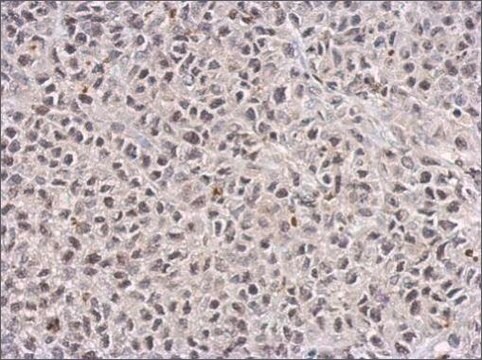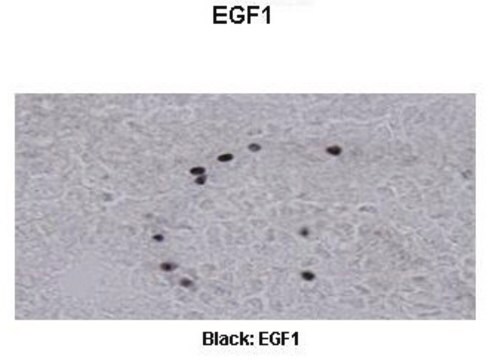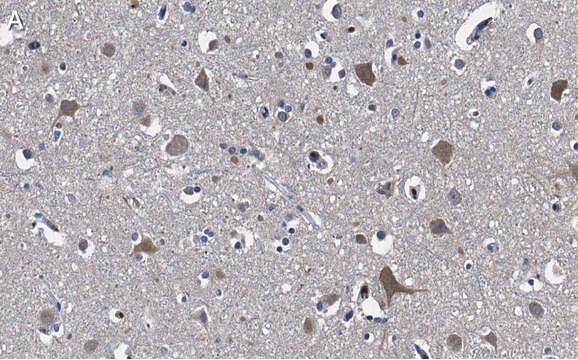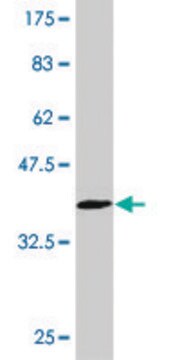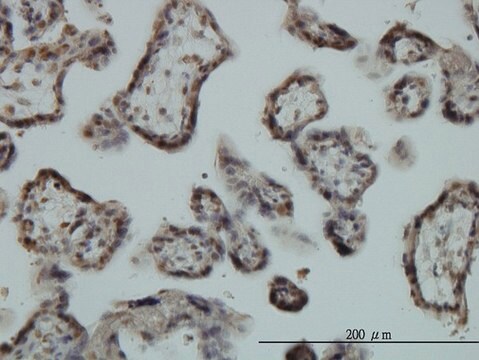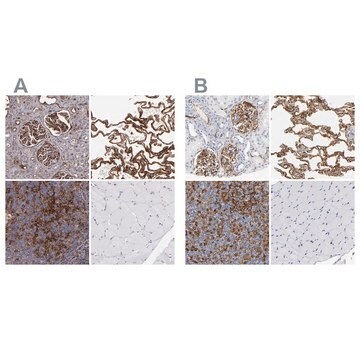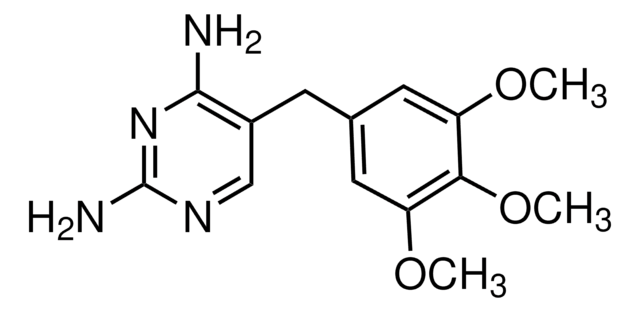ZRB1721
Anti-EGR1 Antibody, clone 1F22 ZooMAb® Rabbit Monoclonal

recombinant, expressed in HEK 293 cells
Synonym(s):
Early growth response protein 1;AT225;Nerve growth factor-induced protein A;NGFI-A;Transcription factor ETR103;Transcription factor Zif268;Zinc finger protein 225;Zinc finger protein Krox-24
About This Item
Recommended Products
biological source
rabbit
Quality Level
recombinant
expressed in HEK 293 cells
conjugate
unconjugated
antibody form
purified antibody
antibody product type
primary antibodies
clone
1F22, recombinant monoclonal
description
recombinant, expressed in HEK 293 cells
product line
ZooMAb® learn more
form
lyophilized
1 of 4
This Item | ZRB1476 | ZRB1392 | ZRB1940 |
|---|---|---|---|
| biological source rabbit | biological source rabbit | biological source rabbit | biological source rabbit |
| antibody form purified antibody | antibody form purified antibody | antibody form purified antibody | antibody form purified antibody |
| species reactivity human | species reactivity rat, human, mouse | species reactivity mouse, human, rat | species reactivity human |
| clone 1F22, recombinant monoclonal | clone 2N18, recombinant monoclonal | clone 1F18, recombinant monoclonal | clone 1J20, recombinant monoclonal |
| Gene Information human ... EGR1(1958) | Gene Information - | Gene Information human ... NGF(4803) | Gene Information human ... HSF1(3297) |
General description
Each ZooMAb® antibody is manufactured using our proprietary recombinant expression system, purified to homogeneity, and precisely dispensed to produce robust and highly reproducible lot-to-lot consistency. Only top-performing clones are released for use by researchers. Each antibody is validated for high specificity and affinity across multiple applications, including its most commonly used application. ZooMAb® antibodies are reliably available and ready to ship when you need them.
Specificity
Immunogen
Application
Evaluated by Western Blotting in HeLa cell lysate.
Western Blotting Analysis: A 1:1,000 dilution of this antibody detected EGR1 in HeLa cell lysate.
Tested applications
Western Blotting Analysis: A 1:1,000 dilution from a representative lot detected EGR1 in PC3 cell lysate.
Immunohistochemistry (Paraffin) Analysis: A 1:100 dilution from a representative lot detected EGR1 in human prostate tissue sections.
Immunocytochemistry Analysis: A 1:100 dilution from a representative lot detected EGR1 in PC3 cells.
Affinity Binding Assay: A representative lot of this antibody bound EGR1 with a KD of 1.3 x 10-8 in an affinity binding assay.
Note: Actual optimal working dilutions must be determined by end user as specimens, and experimental conditions may vary with the end user.
Target description
Physical form
Reconstitution
Storage and Stability
Legal Information
Disclaimer
Not finding the right product?
Try our Product Selector Tool.
Storage Class Code
13 - Non Combustible Solids
WGK
WGK 1
Flash Point(F)
Not applicable
Flash Point(C)
Not applicable
Certificates of Analysis (COA)
Search for Certificates of Analysis (COA) by entering the products Lot/Batch Number. Lot and Batch Numbers can be found on a product’s label following the words ‘Lot’ or ‘Batch’.
Need A Sample COA?
This is a sample Certificate of Analysis (COA) and may not represent a recently manufactured lot of this specific product.
Already Own This Product?
Find documentation for the products that you have recently purchased in the Document Library.
Our team of scientists has experience in all areas of research including Life Science, Material Science, Chemical Synthesis, Chromatography, Analytical and many others.
Contact Technical Service
